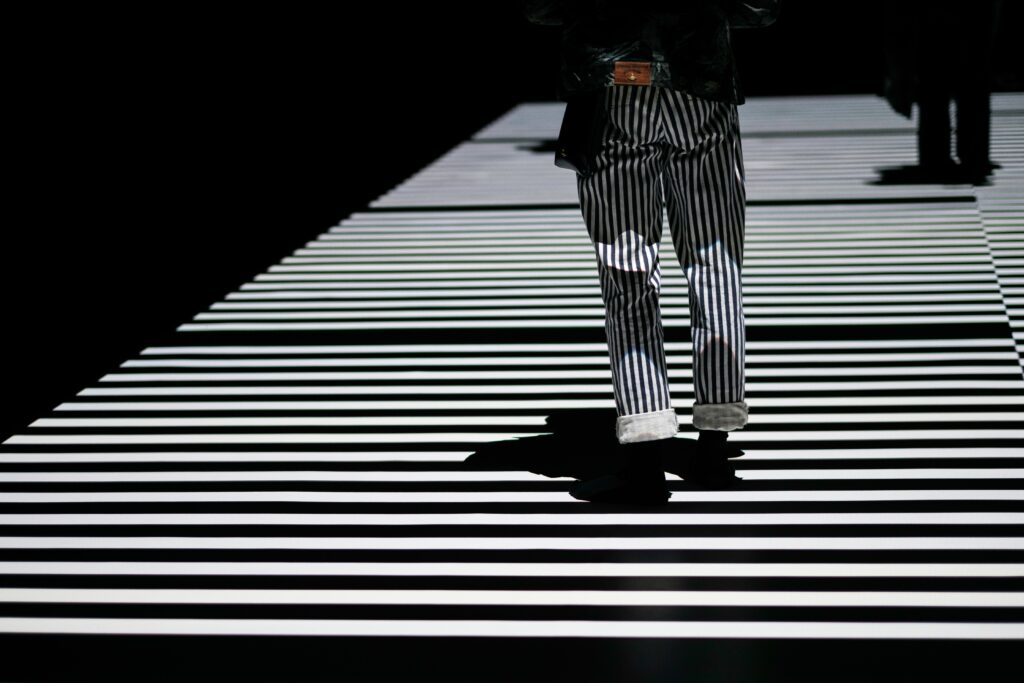“Of all the means of expression, photography is the only one that fixes the precise moment. We play with things that disappear and that, once disappeared, it is impossible to revive. For us, what disappears, disappears forever: hence our anguish and also the essential originality of our trade. What comes out of that camera is no stranger to the economy of a world of waste, where tensions are increasingly intense and where the ecological consequences are already excessive.” Henri Cartier-Bresson

Every street photographer eventually stumbles upon the dogmatic term called “decisive moment”. Photographers who are familiar with this term are mainly admirers of the legendary French photographer, Henri Cartier-Bresson.
While it is true that he coined this term, “decisive moment” wasn't meant to be dogma, but more of a personal mantra.
Capturing “decisive moments” has become an important goal for many street photographers. At the same time, Bresson's term has become vastly misunderstood over many decades. That's why we need to explain it carefully for the sake of anyone who's into street photography nowadays.
The Beginning of the Concept
To provide some context here, it’s important to say that during the early years of street photography when Henri Cartier-Bresson and many other great photographers (Brassaï, Berenice Abbott, Man Ray, Robert Doisneau, Walker Evans) were active, a global revolution in photography was flourishing.
Lightweight 35mm cameras became more available and they were no longer regarded as cheap alternatives to medium and large-format cameras. These new “small cameras” allowed photographers to take images quickly – they could capture people in candid and genuine situations.

I hope that people who dislike mirrorless cameras are reading this article because it can help them understand that even their beloved full-frame format was once criticized by those who preferred medium and large-format photography.
It is funny to mention that photography, in general, wasn't considered a visual art for a long time because of many wild aficionados of classical painting.
Therefore, thanks to this increasingly popular 35mm format, more photographers were able to record intriguing street scenes. This format unlocked a new world of possibilities for many photographers – a world in which they were able to capture brief everyday scenes and transform them into meaningful visual compositions.
Peter Stepan, an art historian, and curator says that Henri Cartier-Bresson created a visual counterpart of surrealist writing with his photography. Throughout his life, he defended the importance of not forcing photography but letting it flow.
About his relationship with his 35mm Leica camera, he wrote: “It became the extension of my eye, and it never left me alone.”
A Personal Mantra
The term “decisive moment” was something that Cartier-Bresson has come up with after pursuing street photography for a while. It was more of a personal thing for him, something that couldn’t be taught but only pursued.
The concept of the “decisive moment” implies that the photographer must be able to anticipate an important moment within the constant flow of life and capture it in a fraction of a second. Therefore, the key to the “decisive moment” is the ability to anticipate.
He also said that if he pressed the shutter while observing the moment he wanted to capture, it was already long gone.

I want to pause here to talk about the price you have to pay when stealing candid moments with DSLR cameras. With non-intrusive cameras –from vintage TLRs to rangefinders and of course with modern mirrorless cameras – you can see the whole thing, even when pressing the shutter button, due to their lack of flapping mirrors.
On the other hand, with DSLR cameras, you have to pay an extremely high price to capture candid moments through the viewfinder. Perhaps this video can better illustrate what I'm talking about.
Three Elements Of The “Decisive Moment”:
- Time and anticipation: This one is pretty much covered so far; anticipation is the key.
- Composition: Anticipation is not enough. The scene also has to look good and this is only achieved with great composition. Composition beats everything, especially if it's perfectly exposed and properly focused.
- Meaning: A photograph might be amazing, but if it doesn’t have a meaningful element within the frame, it's just a good-looking average shot.
Photography itself seemed to be an easy activity. It is a diverse and ambiguous operation in which the only common denominator among those who practice it is the camera.
Cartier-Bresson knew that photography has a unique ability to capture time, suspend it and preserve it in the shape of an image. He said: “Photography is, for me, the spontaneous impulse of a perpetual visual attention, which captures the moment and its eternity.”

To photograph something is to hold our breath when all our faculties are focused on the fleeting reality. In such cases, capturing an image gives a great emotional and intellectual joy. To photograph is to put our head, eyes, heart, and soul in the same perspective, aligning not only our senses but also our feelings and intentions inside that small viewfinder into which the entire world fits in perfectly.
Only after learning the technical skills required to capture light we can become truly competent photographers who understand the philosophy of the ”decisive moment”.
Personally, I think that if street photographers consider Cartier-Bresson the master of this genre even nowadays, it is truly valuable for them to understand his ideas about photography, especially his concept of the “decisive moment”.
He said that since its very beginning, photography hasn't changed at all, besides some technicalities that don't matter so much compared with the central concepts such as composition and proper timing.
Further Reading
- Technical Perfection v The Decisive Moment: Which Should a Photographer Prioritise?
- Is Street Photography Ethical?
- This is The Holy Trinity Of Contemporary Photographers
- The Decisive Moment – Taking Better Photos
- 12 Hugely Important Moments in the History of Photography






